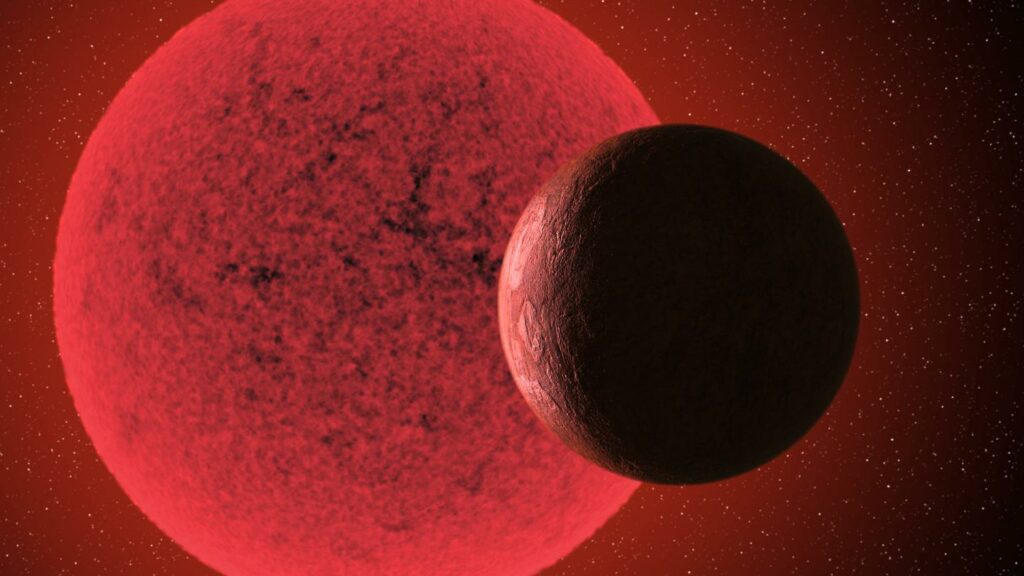An international group of astronomers has reported the discovery of a previously unknown exoplanet. It orbits the red dwarf Ross 508, which is relatively close to the Solar System.

Ross 508 is located 36 light-years from Earth. Its radius and mass are five times smaller than the radius and mass of the Sun. During measurements of the radial velocity of Ross 508, performed using the Subaru telescope, astronomers discovered deviations caused by the gravity of its invisible companion. It received the designation Ross 508 b.
The mass of Ross 508 b is four times the mass of our planet. Thus, we are talking about a super-earth. An exoplanet makes one orbit around its parent star in 10.75 days. According to scientists, it receives 40% more energy from its luminary than the Earth. Thus, this places Ross 508 b on the inner boundary of the habitable zone — a region where, provided a suitable atmosphere, liquid water can exist on the surface of a celestial body.
The exact orbital characteristics of Ross 508 b are still unknown. According to the researchers, initially the planet could have formed at a greater distance from the star and only later migrated to the current orbit. They hope that new observations will be able to confirm or refute this hypothesis.
Earlier we talked about how the TESS telescope discovered a super-earth inside the orbit of hot Jupiter.
According to https://phys.org
Follow us on Twitter to get the most interesting space news in time
https://twitter.com/ust_magazine

